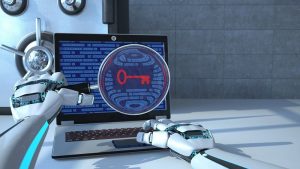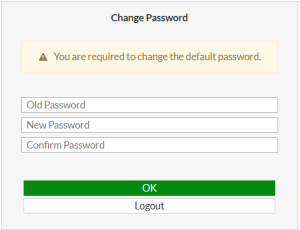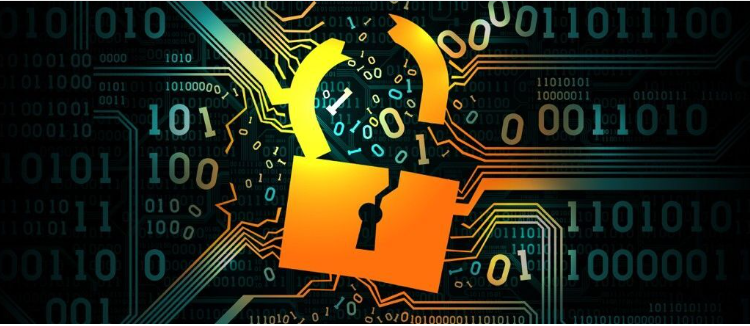
This article is tailored for individuals who are concerned about the security of their online accounts and data in the digital age. It is suitable for both tech-savvy individuals and those with limited technical knowledge who want to understand the potential risks associated with artificial intelligence in the context of password cracking. The content is designed to be accessible, informative, and actionable, providing practical insights into safeguarding personal and sensitive information. Whether you’re an average internet user, a professional in the cybersecurity field, or someone seeking ways to enhance your online security, this article offers valuable insights and strategies to protect yourself from the emerging threat of AI-driven password cracking.
Introduction
In today’s digital world, the security of our online accounts and sensitive information is of paramount importance. With the increasing use of artificial intelligence (AI) across various domains, including cybersecurity, concerns have arisen about the potential for AI to crack passwords and compromise our digital defenses. This article delves into the realm of AI-powered password cracking, explores its implications, and provides practical strategies to protect ourselves from this emerging threat.
Deciphering Password Cracking
Passwords serve as the first line of defense against cyberattacks, making them a prime target for malicious actors. The process of password cracking involves unauthorized attempts to gain access to encrypted passwords. One crucial factor in this scenario is password hashing. This technique involves transforming plain-text passwords into fixed-length cryptographic hashes. These hashes are stored in databases instead of actual passwords, adding a layer of security. When attackers breach a system’s database, they aim to decipher these hashed passwords through a process known as password cracking.
Artificial Intelligence and Password Cracking
Artificial intelligence has revolutionized many aspects of technology, and unfortunately, password cracking is no exception. AI’s computational capabilities and ability to process massive data sets make it a potent tool for cyberattackers. A notable advantage is AI’s capacity to learn and adapt. Given sufficient data and time, an AI model can grasp the mathematical relationships embedded in encryption algorithms, facilitating the cracking process. This accelerates the pace of password decryption compared to traditional methods.

AI-based password cracking can also optimize brute-force attacks. Brute-force attacks involve trying all possible password combinations until the correct one is identified. AI can strategically reduce the number of attempts required, enhancing efficiency. Moreover, AI’s potential extends to cracking language-based encryption methods. Language models can analyze text patterns and syntax, aiding in deciphering encryption keys.
AI-Based Techniques for Password Guessing
The techniques employed in password guessing involve complex mathematical operations that fall under the purview of cryptanalysis, a cryptography sub-branch. Frequency analysis is a method that capitalizes on letter or symbol frequency distribution in encrypted text. It’s particularly effective for simpler encryption algorithms. Differential cryptanalysis, on the other hand, uncovers the vulnerabilities of block cipher algorithms by examining input-output differences. Linear and differential cryptanalysis focus on discovering encryption keys through mathematical equations. Error analysis exploits security vulnerabilities in encryption implementations, while randomness tests gauge algorithm security through randomness assessment. Special algorithm attacks target specific algorithm weaknesses for tailored breaches.

These methods have implications for both cyberattackers and cryptanalysts, highlighting the importance of keeping encryption algorithms up to date.
Strengthening Password Security Against AI Attacks
While the prospects of AI-powered password cracking are concerning, users have the means to bolster their defenses:
Use Long and Complex Passwords: Lengthy, intricate passwords with a mix of uppercase and lowercase letters, numbers, and special characters are harder to crack. Consider using password manager tools to generate and store complex passwords securely.

Diversify Passwords: Avoid using the same password across multiple platforms. Create distinct passwords for each account to mitigate the risk of a single breach compromising multiple accounts.

Implement Two-Factor Authentication (2FA): 2FA adds an extra layer of security by requiring a secondary code, usually sent to a trusted device, in addition to your password.

Regular Password Renewal and Logouts: Change your passwords periodically to prevent prolonged reliance on a single code. Logging out from your accounts reduces exposure to potential breaches.

The Evolving Relationship between AI and Cybersecurity
The intertwining of AI and cybersecurity introduces a complex dynamic. As AI evolves, it finds applications both for malicious intent and safeguarding digital assets. While cyberattackers leverage AI’s capabilities to break security barriers, cybersecurity professionals utilize AI to detect and counteract threats. This collaboration demonstrates the inseparable relationship between AI and cybersecurity, shaping the future of digital defense strategies.
Conclusion
As AI’s prowess continues to expand, it presents opportunities and challenges for online security. While the concept of AI-powered password cracking raises concerns, understanding the mechanisms behind it empowers individuals to take proactive measures. By adopting robust password practices, utilizing advanced security features like 2FA, and staying informed about evolving cybersecurity trends, individuals can mitigate the risks associated with AI-based attacks. As technology advances, the balance between AI-driven threats and defenses will define the landscape of digital security for years to come.










